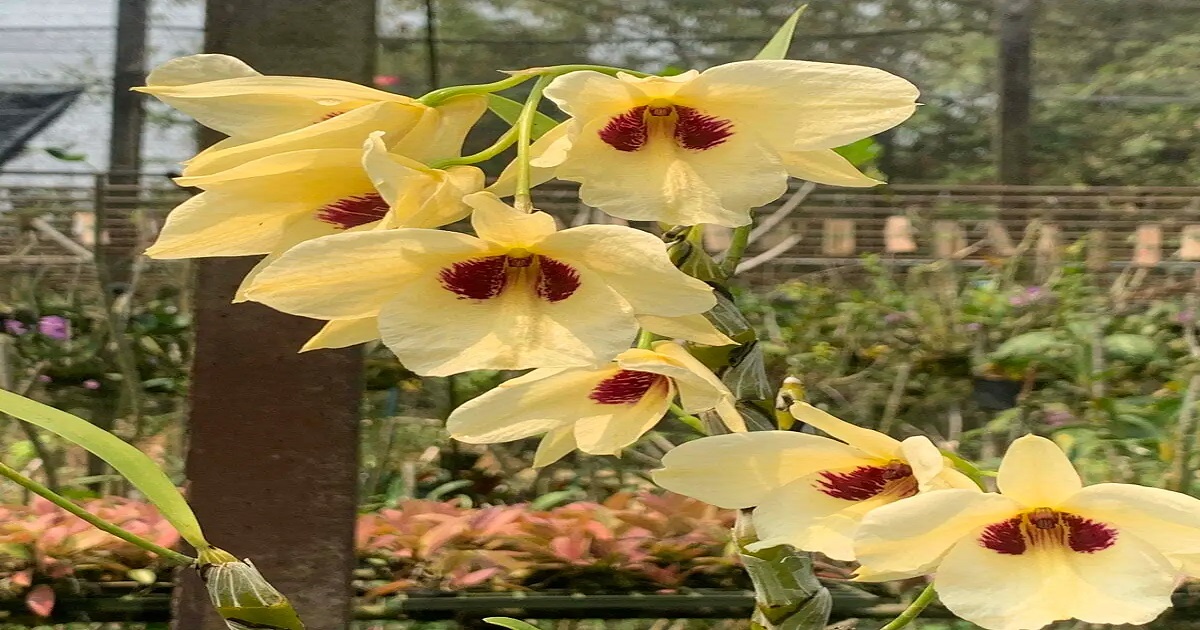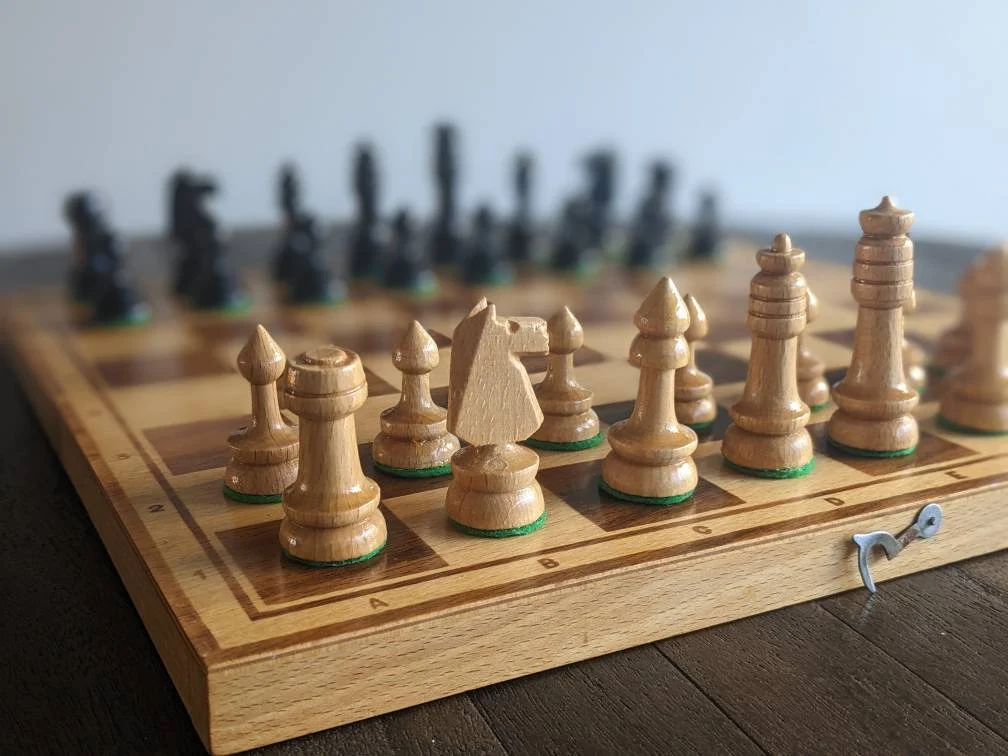Introduction
The Yellow Dendrobium Orchid is a captivating and vibrant addition to any plant collection. Known for its striking yellow blooms and intricate petal structure, this orchid stands out among its peers. If you’re fascinated by orchids and want to dive deeper into the world of the Yellow Dendrobium, you’re in the right place. Let’s explore everything from their origins to their care needs and even their cultural significance.
Understanding the Yellow Dendrobium Orchid
Origin and Habitat
The Yellow Dendrobium Orchid is native to Southeast Asia, thriving in regions like Thailand, Malaysia, and the Philippines. These orchids typically grow on trees or rocks in their natural habitat, enjoying the dappled sunlight and high humidity of tropical forests.
Botanical Characteristics
These orchids are part of the Dendrobium genus, which boasts over 1,500 species. The Yellow Dendrobium is characterized by its slender pseudobulbs and clusters of bright yellow flowers. Each bloom has a distinctive lip and petal arrangement, making it a favorite among orchid enthusiasts.
Varieties and Hybrids
There are numerous varieties and hybrids of the Yellow Dendrobium Orchid, each with unique traits. Some popular hybrids have been developed to enhance color vibrancy, bloom size, and overall resilience. Exploring these varieties can help you find the perfect match for your home or garden.
Growing Yellow Dendrobium Orchids
Choosing the Right Environment
To successfully grow Yellow Dendrobium Orchids, you need to replicate their natural environment as closely as possible.
Light Requirements
These orchids prefer bright, indirect light. Placing them near an east or west-facing window is ideal. Avoid direct sunlight, which can scorch the leaves and flowers.
Temperature and Humidity
Yellow Dendrobium Orchids thrive in temperatures between 60-85°F (16-29°C). They require high humidity, around 50-70%, which can be achieved with a humidity tray or regular misting.
Potting and Soil Mix
A well-draining potting mix is crucial. Use a mix designed for orchids, typically containing bark, perlite, and sphagnum moss. Ensure the pot has adequate drainage to prevent root rot.
Watering Needs
Watering can be tricky with orchids. Water your Yellow Dendrobium when the top inch of the potting mix feels dry. It’s better to under-water than over-water, as orchids are susceptible to root rot.
Feeding and Fertilization
Feed your orchid with a balanced, water-soluble fertilizer every two weeks during the growing season. Dilute the fertilizer to half the recommended strength to avoid burning the roots.
Caring for Yellow Dendrobium Orchids
Pruning and Deadheading
Regular pruning helps maintain the plant’s health and encourages new growth. Remove spent blooms and any dead or yellowing leaves.
Common Pests and Diseases
Orchids are prone to pests like spider mites, aphids, and mealybugs. Diseases such as root rot and fungal infections are also common.
Identifying Issues
Look for signs like yellowing leaves, stunted growth, or visible pests. Early detection is key to managing problems effectively.
Treatment Solutions
For pests, use insecticidal soap or neem oil. For diseases, ensure proper ventilation and avoid over-watering. Fungicides can be used if necessary.
Repotting Techniques
Repot your Yellow Dendrobium Orchid every 2-3 years or when it outgrows its pot. This process involves carefully removing the plant from its pot, trimming dead roots, and placing it in fresh potting mix.
Seasonal Care Tips
Adjust your care routine based on the season. Reduce watering in winter when the plant is dormant and increase humidity during the dry months.
Propagation of Yellow Dendrobium Orchids
Propagation by Division
Division is a common method for propagating Dendrobiums. Carefully separate the pseudobulbs and pot them individually, ensuring each division has healthy roots and shoots.
Propagation from Keikis
Keikis are small plantlets that grow on the parent plant. Once they develop roots, you can carefully detach and pot them separately.
Seed Propagation
Seed propagation is challenging and usually done in a controlled environment. It’s a lengthy process but can be rewarding for experienced growers.
Displaying and Decorating with Yellow Dendrobium Orchids
Indoor Display Ideas
Yellow Dendrobium Orchids can brighten up any indoor space. Place them on windowsills, shelves, or as part of a larger plant display to add a touch of elegance.
Outdoor Landscaping Tips
In suitable climates, these orchids can be a stunning addition to outdoor gardens. Ensure they are placed in shaded areas to mimic their natural habitat.
Using Orchids in Floral Arrangements
Their vibrant color and unique shape make Yellow Dendrobium Orchids perfect for floral arrangements. They can be used as focal points or accents in bouquets and centerpieces.
The Symbolism and Cultural Significance of Yellow Orchids
Historical Context
Orchids have a rich history and have been cultivated for centuries. In various cultures, they symbolize different virtues and qualities.
Symbolic Meanings
Yellow orchids are often associated with friendship, new beginnings, and joy. They are a popular choice for gifts and celebrations.
Cultural Practices
In some cultures, orchids are used in traditional medicine and religious ceremonies, highlighting their importance beyond ornamental value.
Conclusion
Yellow Dendrobium Orchids are more than just beautiful flowers; they are a testament to the wonders of nature and human cultivation. Whether you’re an experienced orchid grower or a curious beginner, these stunning plants offer endless fascination and joy.



